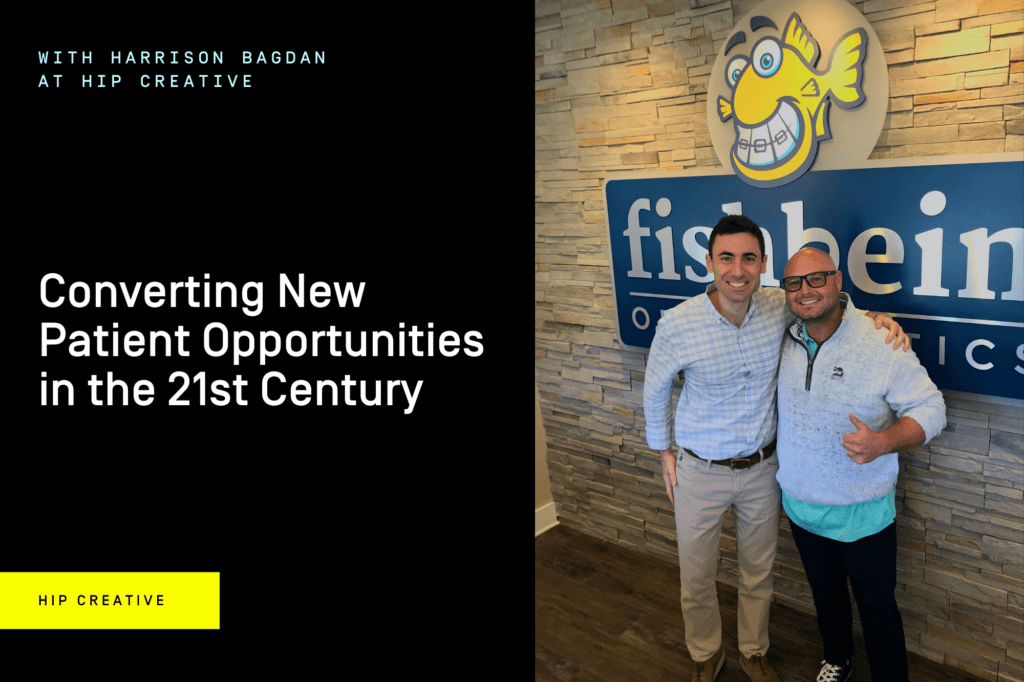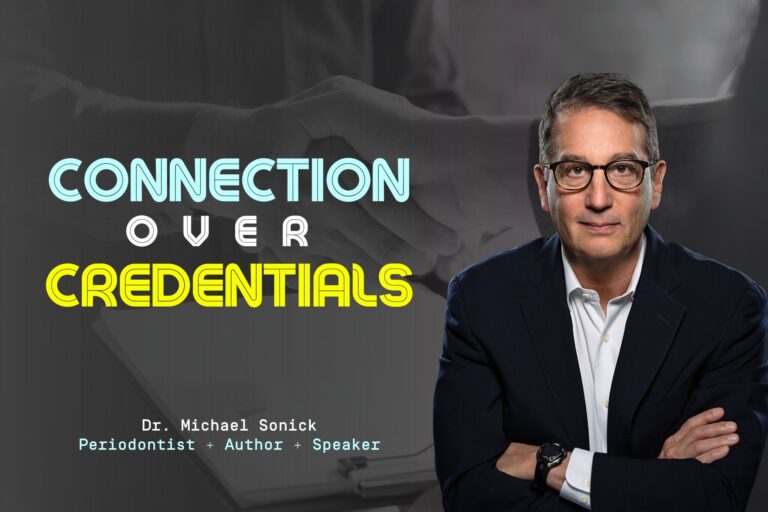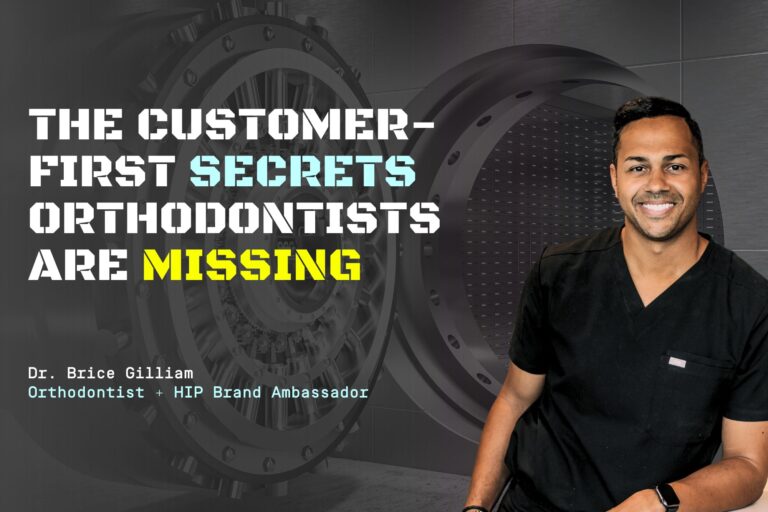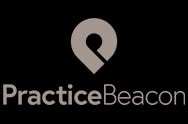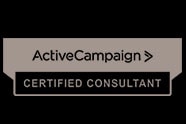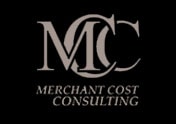Subscribe: RSS
Welcome back to another episode of The GrowOrtho Podcast. In today’s episode, we hear from Harrison Bagdan, Senior Practice Advisor at Hip Creative. Tune in to hear what Harrison has to say about:
- The patterns of practice growth Harrison sees among today’s orthodontists (and why some orthodontists are just “spinning their wheels” despite having decent marketing techniques)
- Tactical strategies to help grow your practice
- What Harrison means by “people are not replicable—systems are”
- Case study discussions, including one head-turning case study from Harvard Business Review on digital leads
- The 72-hour rule
- Why the patient journey in the 21st century is far different from how it was even just two decades ago — and how to capitalize on this change today
Harrison dives into some of the biggest obstacles and opportunities he sees for orthodontists and their practices in the modern economic climate. Here are some main talking points to look forward to:
- Got problems with your marketing success so far? So do a lot of other orthodontic practices. If your marketing efforts have thus far generated mostly bad leads, consider that these bad leads are the symptom of some other underlying root cause.
- What is the root cause, then? “The [patient] journey,” Harrison says. “The follow-up, the…system in place to actually take this interested stranger and turn them into a new patient.”
- To help their clients capitalize on the patient journey, Harrison and his team rely on their keen eye for patterns in practice growth, honed over the seven-plus years they’ve spent helping orthodontists manage their marketing needs. One of the most important patterns to emerge is this: It’s mindset — not tactical strategies — that has the biggest influence on whether a practice succeeds or not.
- Among Harrison’s clients, those who adapt and adopt new mindsets (and instill this mindset in their team) are doubling their practice within a year and seeing a huge ROI on their marketing expenses. The clients stuck “spinning their wheels” are the doctors who aren’t being philosophically adaptable. This is not to say tactics don’t matter, of course. But in Harrison’s experience, even the most tried-and-true patient acquisition strategies simply won’t be effective if doctors aren’t willing to adopt the right mindset that aligns with today’s patient journey.
- With the importance of mindset out of the bag, Harrison can now discuss this question: what are the tactics necessary to create a sustainable patient acquisition machine? First and foremost: systems. If you can protocolize your acquisition process — and do so with the accountability and transparency necessary to make sure these systems are fully understood and thoroughly followed — then you can start to build sustainability and scalability.
- To jumpstart your team’s accountability, Harrison recommends the secret shop experiment: Go to your website, request an appointment, and see how long it takes to get a call back. According to case study data from HBR, if that call back takes longer than five minutes, your practice can essentially kiss that appointment request goodbye.
- It’s not just response time that matters — persistence is key, too. Harrison encourages orthodontist practices to establish systems that allow for as many as six follow-up calls or more.
- Harrison illustrates this episode with tons of great quotes, including this one from a mentor: “Small hinges can swing big doors.” What he means: Even small shifts in a practice’s language, mindset, and strategies can yield huge improvements in new patient visits and cold traffic success.
